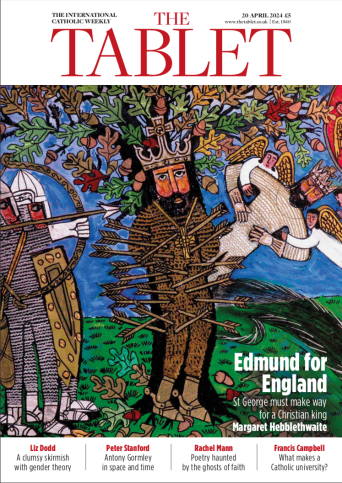Canon Anthony Dolan notes (The Tablet, Letters, 30 August) "Let us offer each other the sign of peace" is not what the Latin literally says.
"Offer yourselves the Pax" is actually closer to the "us" phrasing of the early Church. Writers from Justin to Gregory the Great saw the kiss as integral to the Mass. St Cyril of Jerusalem recorded the deacon's words: "Receive each other, and let us embrace each other." Not that the celebrant left the altar. Deacons would pas the kiss on to the people. In later ages there was no kiss in the Low Mass, with no deacon either to to receive it or pass it on. The British Isles, however, did keep it, in the form of the pax-brede - a sacred image kissed by the priest and then by the whole congregation.
Restoring the faith to the Highlands, 17th century Franciscans, Louvain-trained, found their orthodoxy questioned because they didn't have a pax-brede. The new CDW instruction claims - against the Church Fathers' understanding - that the pax is optional. And declaring inappropriate the return of the pax to its original place before the offertory is liturgically illiterate. Not only is it scripturally appropriate; Tertullian calls it also the signum orationis, the seal of the prayer. That prayer was the Prayer of the Faithful, now as in his time placed at the end of the Liturgy of the Word. It would again be most appropriately sealed by the formal gesture affirming that we are brothers and sisters in Christ.
Tom McIntyre, Frome, Somerset


 Loading ...
Loading ...